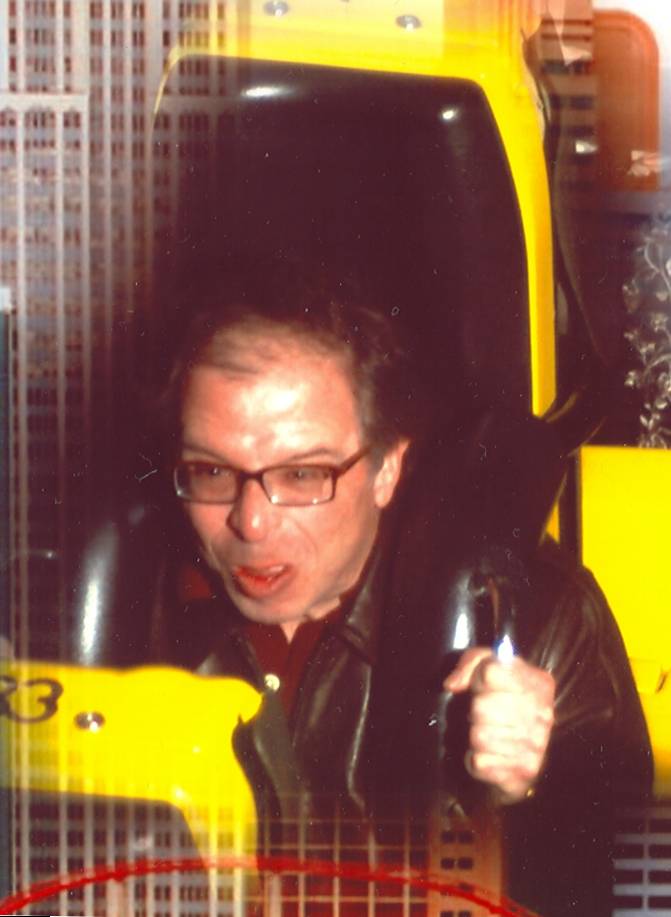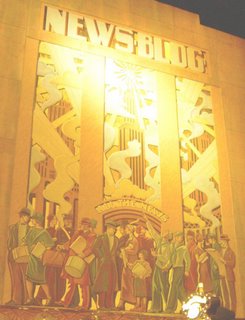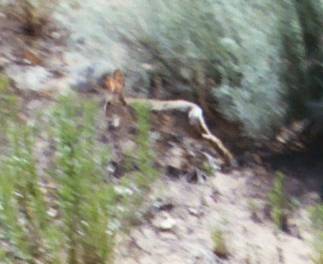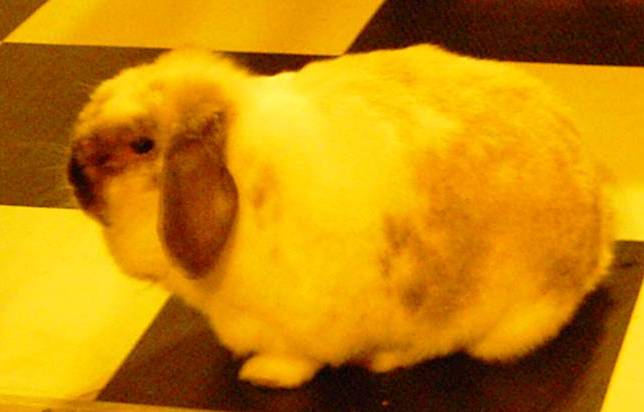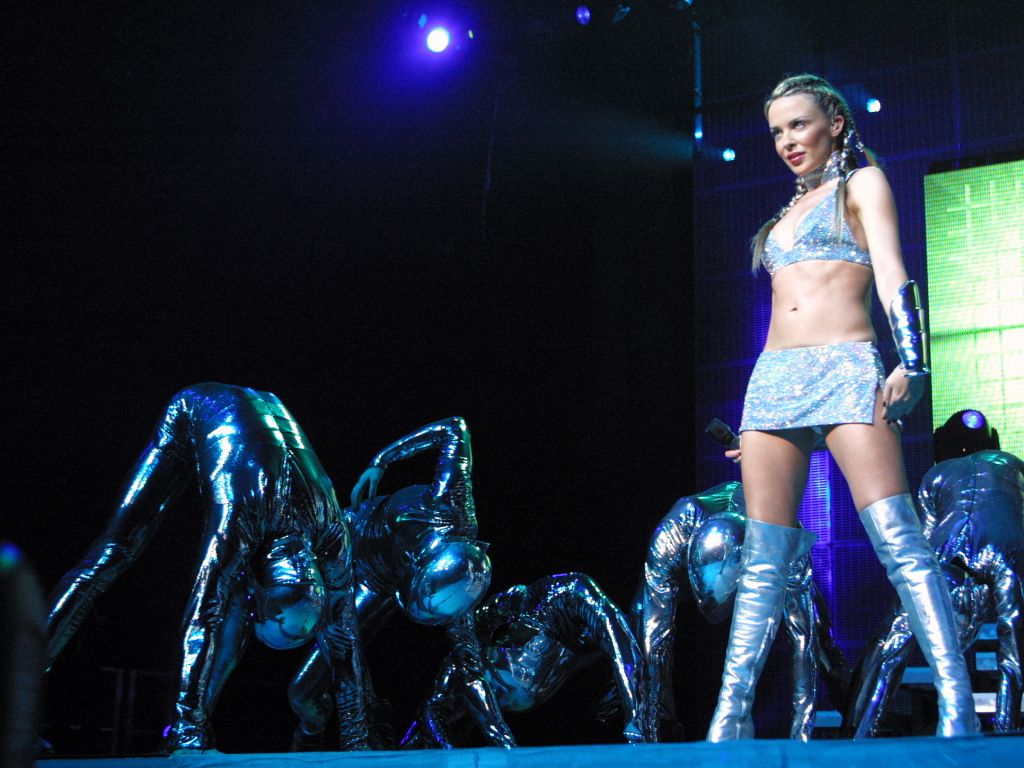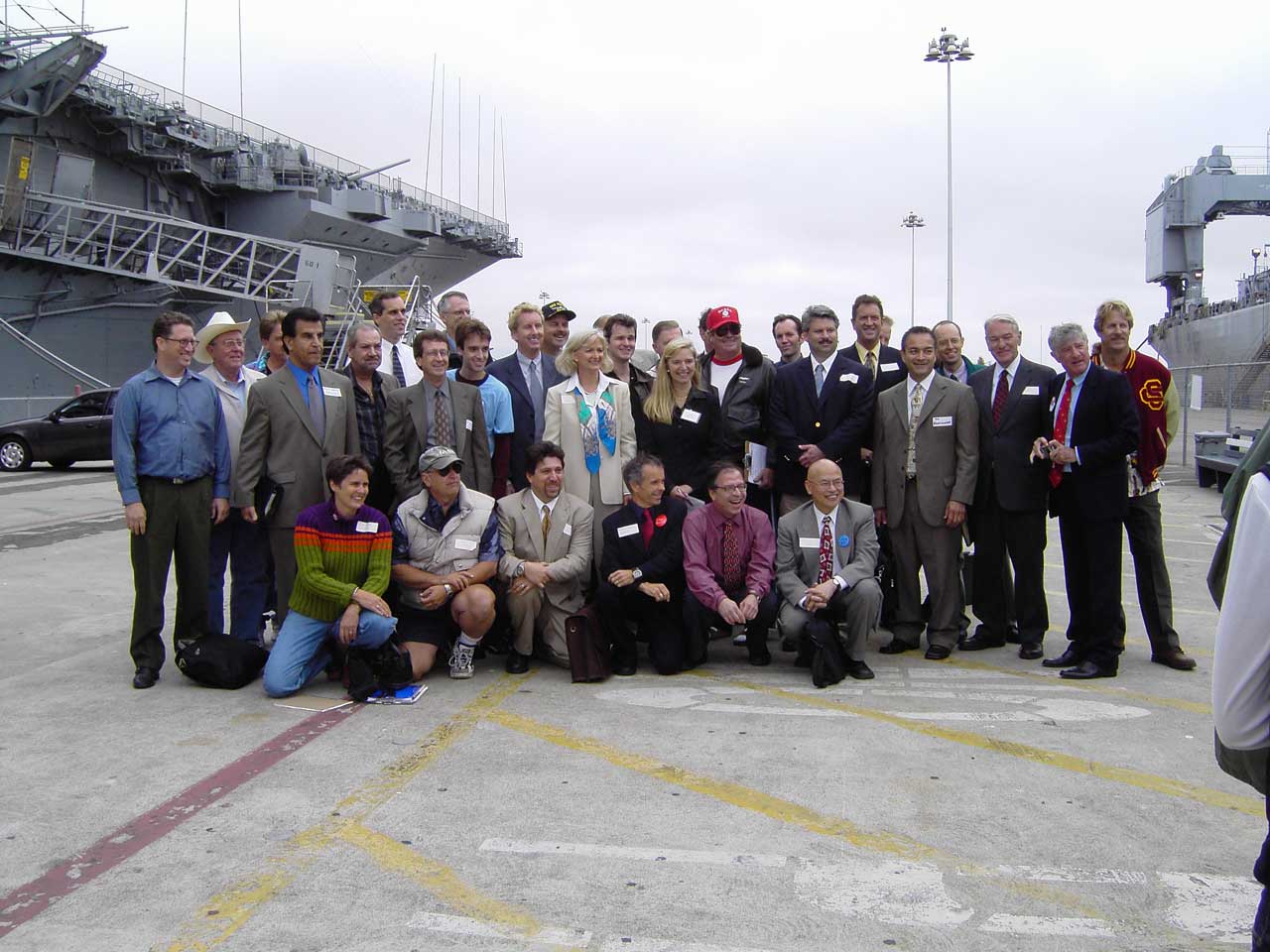Thursday, June 12, 2003
I've had this idea bubbling in my mind for the last year or so, regarding the most important events of the 20th Century. The 20th Century was the busiest century ever, crammed with a multitude of activities and events. My idea is the most important activity the human race engaged in in the 20th Century was coming to terms with the impact of theater (acting, music, dance) in everyday life, especially (but not limited to) the role of romance, awakening people to the many potentials of life, and power relations (e.g., Hitler, after all, was an artist first). Fantasy became interwoven with daily life to an unprecedented extent (Madame Bovary was a premonition), most importantly through the medium of movies, but also through TV and radio (Argentina DOES cry for you, Evita). Theater was more important than ideology, inherited tradition, and even economic realities. OK....Whew! That's the BIG-THINK idea for today! I'm sure there is a book there - there may already be many books - but at least I burst that particular thought bubble.
The whole issue of WMD is tailor-made for a political attack. I cannot believe the Democrats won't go for it. Arrgghhh! Maybe I should run for office instead of these clowns. Yesterday I had fun thrashing conservatives over WMD......
Wednesday, June 11, 2003
"Showboat" opens at DMTC on June 20th. It should be interesting, but it's such a BIG show that I'm worried we may be too ambitious (well not THAT worried - we'll do OK)......
My dad used to mention that one of his old army buddies from Baker Co., 666th Field Artillery Battalion in WWII, Bert Quint, was the same Bert Quint who handled foreign affairs reporting for CBS News for so many years. I even mentioned the story to Nathaniel Blumberg, who has recently written a book about neighboring Charlie Company, and he got excited too. Well, I E-Mailed famed Bert Quint, and he said - no, that's not him. It appears to be a coincidence of names (which reminds me of something similar that happened in 'Saving Private Ryan'). Another family legend bites the dust!
OK, I like 50's retro stuff. My good friend Deborah has a new 50's retro painting "Kissing the Blue Marble" , and she's going to explore the genre further. Then there was this photo, which came from this popular blog. I remember the classic film short, "The Valley Where the Giant Mushrooms Grow" (can't find a reference for that), which was featured at the 1975 Tech Weatherman Film Festival (if memory serves).
Deborah asked whether I had any Trinitite in my rock collection. Indeed so! I went to Trinity Site once. They used to give tours just once or twice a year (they may still do so). I think it was 1975. They made an announcement: "under no circumstances should you pick up the Trinitite." But I couldn't just ignore it, because what were the odds of me ever returning? So I picked up the Trinitite, slipped it into my socks, felt the pebbles roll under my sole, and thenceforth hobbled around in great pain as I toured the site. Then I noticed that EVERYONE was picking up the Trinitite, military folks too, and putting it in their pockets. So I retrieved the pebbles and put them in my pockets too. Using a Geiger counter, we were later able to compare the radioactivity of the Trinitite with naturally-occurring Columbite ore from a mine we high-graded at the famed Harding Pegmatite in northern NM, near Dixon. The naturally-occurring ore was much more radioactive than the Trinitite. I still have the Trinitite in my basement (I try to keep all radioactive substances out of my socks and pockets these days).
I'm tempted to bring a few pieces on my next visit to Deborah in AZ. I'm wondering how good airport security is, and whether something that is slightly radioactive will be detected. The Columbite has a better chance of getting picked up, because its more robust, but I bet I can get both through.
I would like to have to have been in the tank they sent to ground-zero about an hour after the blast, when the whole ground-surface was covered with a patina of Trinitite (the greenish tint is so mild that you can barely detect it in the pieces I have - you need a lot, like, acres, to really see it - and the patina has long been shattered by hard-charging vehicles and visitors pocketing chunks). I remember (1975) that there was a change in vegetation as one approached the site, changing from grass to sage scrub as one got closer to the site. I was impressed that the vegetation was as robust as it was, after being annihilated 30 years before. The Jornada del Muerto is just about the dryest, least habitable part of NM, the bane of the Spaniards, yet growth rates were still large enough to give a good approximation to a natural landscape.



